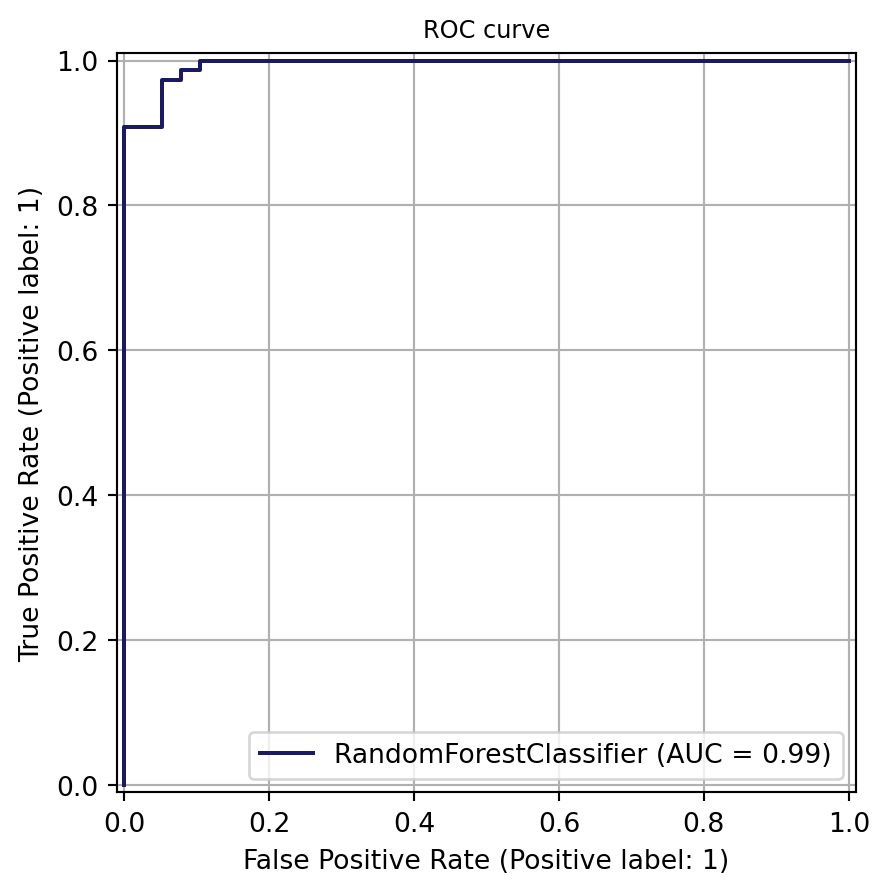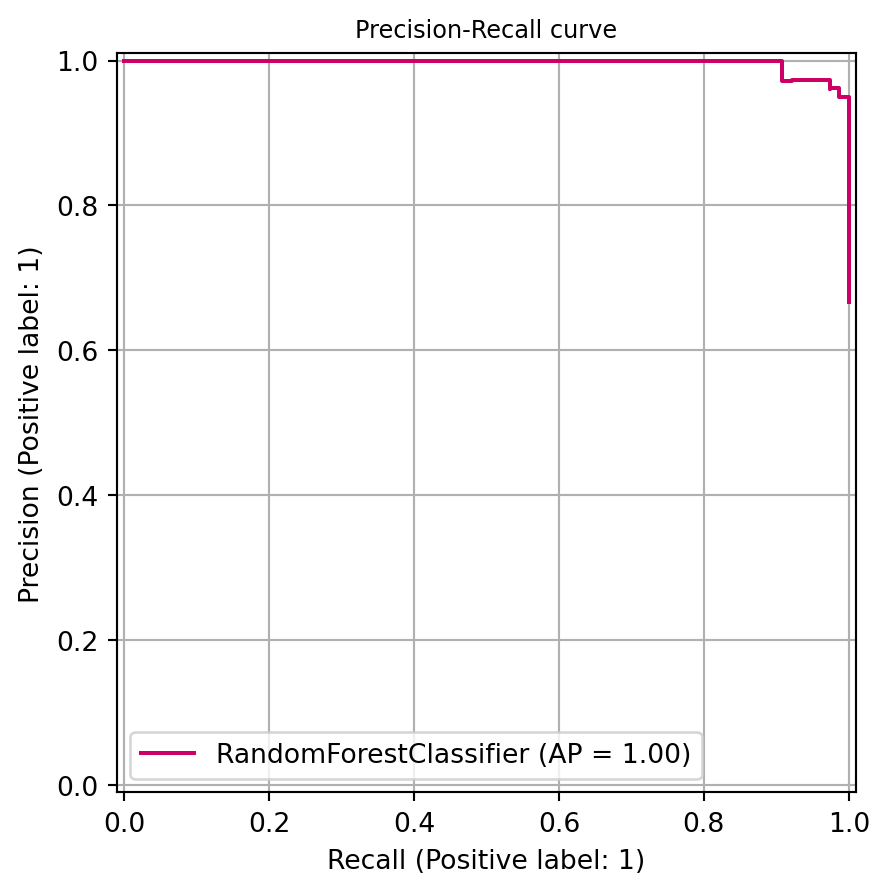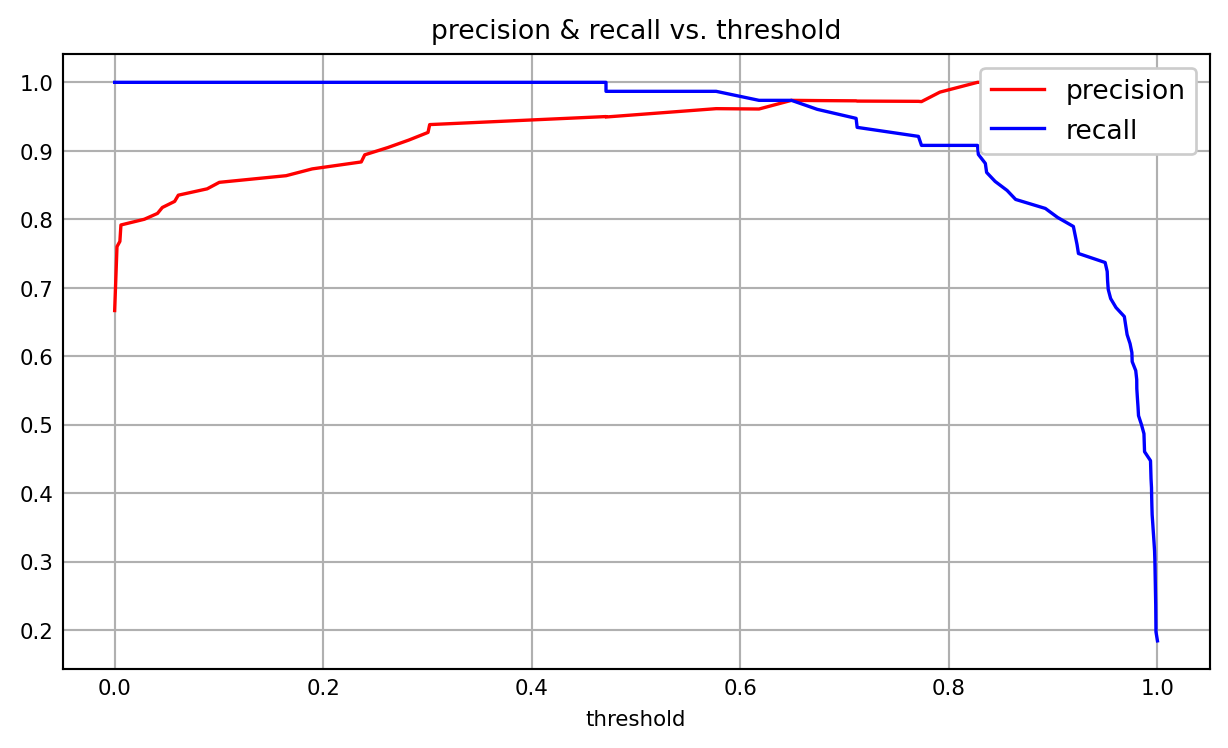array([0.005 , 0.82743637, 0.97088095, 0. , 0. , 1. , 0.98020202, 0.67380556, 0. , 0.99333333, 0.9975 , 0.30048576, 0.9528113 , 0.99666667, 0.04102381, 0.99444444, 1. , 0.828226 , 0. , 0. , 0.97916667, 1. , 0.99607143, 0.90425163, 0. , 0.02844156, 0.99333333, 0.98183333, 0.9975 , 0.08869769, 0.97369841, 0. , 1. , 0.71100866, 0.96022727, 0. , 0.71200885, 0.06103175, 0.005 , 0.99490476, 0.1644127 , 0. , 0.23646934, 1. , 0.57680164, 0.64901715, 0.9975 , 0.61790818, 0.95509668, 0.99383333, 0.04570455, 0.97575758, 1. , 0.47115815, 0.92422619, 0.77371415, 0. , 1. , 0.26198657, 0. , 0.28206638, 0.95216162, 0.98761905, 0.99464286, 0.98704762, 0.85579351, 0.10036905, 0.00222222, 0.98011905, 0.99857143, 0.92285967, 0.95180556, 0.97546947, 0.84433189, 0.005 , 0.99833333, 0.83616339, 1. , 0.9955 , 1. , 0.99833333, 1. ,
0.86399315, 0.9807381 , 0. , 0.99833333, 0.9975 , 0. , 0.98733333, 0.96822727, 0.23980827, 0.7914127 , 0. , 0.98133333, 1. , 1. , 0.89251019, 0.9498226 , 0.18943254, 0.83494391, 0.9975 , 1. , 0.77079113, 0.99722222, 0.30208297, 1. , 0.92111977, 0.99428571, 0.91936508, 0.47118074, 0.98467172, 0.006 , 0.05750305, 0.96954978])


